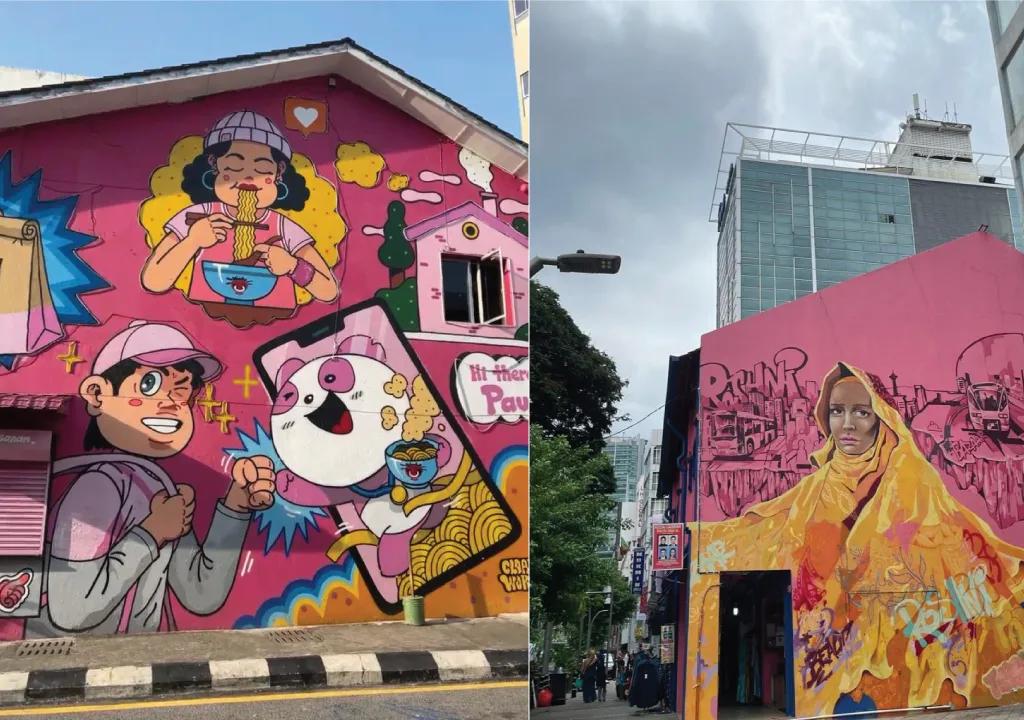Contemporary Tools for Artsy Planners
In recent years, urban streetscapes have undergone significant transformations, with many cities and municipalities investing in public art projects to rejuvenate their neglected areas. Along this trend, there has been a growing interest in the use of research tools in art implementation to better understand the impact that these projects have on communities, individuals, and urban environments. This article explores some of the most popular research tools used in art implementation and considers who will be most impacted by their application.
One of the most used research tools in art implementation is surveys. Surveys can be used to gather feedback from members of the public about the artwork, its purpose, and its impact. These surveys often focus on the emotional reaction to the artwork, how it contributes to the local community or economy, and any positive or negative changes that have been observed since its installation. Surveys can be distributed to residents, tourists, and visitors and can be conducted through a variety of methods such as online questionnaires, paper forms, and in-person interviews. The primary beneficiaries of surveys as a research tool are the artists, the city planners or any other groups of people involved in the construction and management of public space. They can use survey results to better understand the impact of the artwork on a local community and to adjust their approach to future projects accordingly.
Another research tool that is gaining popularity in the world of art implementation is spatial analysis. By using geographical data sets and mapping tools, researchers can analyse how the artwork is affecting the urban environment around it. This can include measuring foot traffic, vehicle traffic, and other environmental factors that could potentially impact the experience of the artwork. Spatial analysis can also be used to identify areas of the city that may be more likely to benefit from public art installations in the future. Researchers can use this data to plan for future art projects or improve existing ones, thus benefiting both the public and the urban planners.
Social media analytics are a relatively new research tool in art implementation. Thanks to the prevalence of social media, it has become easier than before to gather real-time feedback on public artwork. Using social media analytics tools, researchers can analyse how the artwork is being discussed online and track mentions of the artwork across different platforms. This type of research can provide an essential understanding of how the artwork is perceived and how it is being shared across different demographics. It can also help cities and urban planners to better understand the effectiveness of their marketing strategies for these public art projects.
Finally, art walks and neighbourhood tours can also be used as a research tool in art implementation. These events enable the public to experience the artwork first-hand and provide valuable feedback in real-time. Participants can be asked to complete surveys or participate in interviews during these tours, providing direct feedback on how the artwork contributes to their daily lives and the communities they live in. Art walks and neighbourhood tours are also an excellent opportunity to provide educational information about the artwork and the artists who created it, which can enhance public appreciation for public art in the community.
In conclusion, the use of research tools in art implementation is becoming increasingly popular as cities and municipalities seek to create more effective and meaningful public art projects. Surveys, spatial analysis, social media analytics, and art walks and neighbourhood tours are just a few of the methods that can be used to better understand the impact of public art on communities and urban environments. By using these tools, artists, urban planners, and city officials can make more informed decisions about the creation and implementation of public art projects, ensuring that they benefit the public in meaningful ways.
Amirul Idlan Bin Mukhtar
School of Arts
Email: @email




